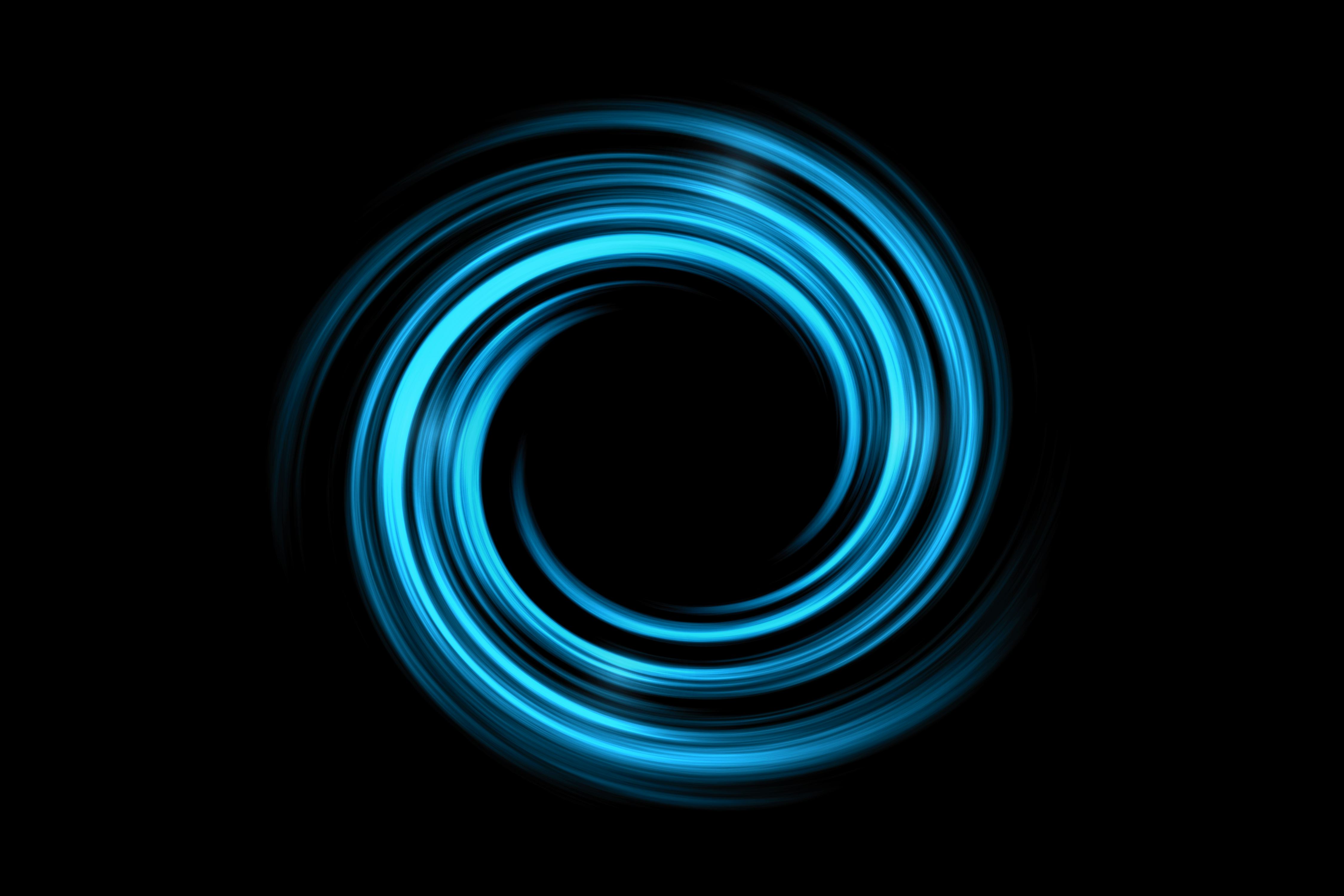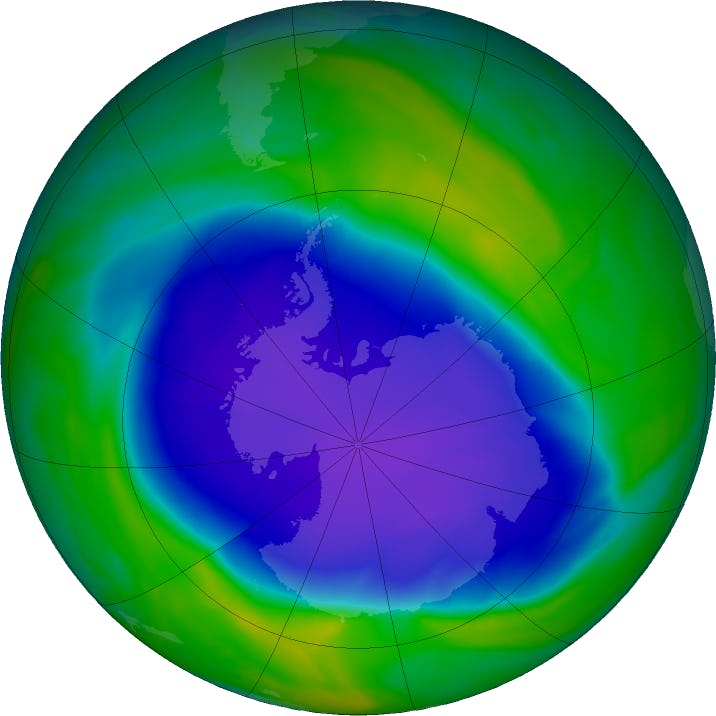
Most of us don’t think about ozone as we go about our daily lives. Yet, this pale blue gas plays a huge role in keeping our planet habitable. There’s a layer of it in Earth’s stratosphere, and it absorbs most of the ultraviolet radiation streaming from the Sun. Without the ozone layer, the UV would cause severe damage to most life on Earth. What would happen if we had an ozone hole?
In 1985, scientists discovered an ozone hole — or more accurately, a thinning — in the ozone layer, particularly over Earth’s southern regions. This happens every September. The loss is largely due to chemically active forms of chlorine and bromine derived from human-produced compounds in the atmosphere. They attach to high-altitude polar clouds each southern winter.
Once there, they begin ozone-destroying reactions as the Sun rises at the end of Antarctica’s winter. Those actions create the ozone hole. People who live in the region deal with higher rates of sunburn, skin cancer, and other conditions thanks to the increased UV streaming through the hole. And the damage isn’t limited to humans; plants and animals on the surface and in marine ecosystems are also affected.

Today, most ozone-destroying chemicals are banned from use or remain heavily regulated. This is thanks to strict measures enacted through the Montreal Protocol on Substances that Deplete the Ozone Layer. It’s an environmental agreement regulating the production and consumption of nearly a hundred human-created chemicals that can deplete the ozone layer. The regulation and bans resulted in the slow restoration of the ozone layer.
NASA and NOAA examine the ozone hole
The annual size of the Antarctic ozone hole is now around 23.2 million square kilometers. That’s slightly smaller than last year’s measurement and indicates the hole continues to shrink. Researchers at NASA and NOAA (the US National Oceanic and Atmospheric Administration) detect and measure the growth and breakup of the ozone hole. They use instruments aboard the Aura, Suomi NPP, and NOAA-20 satellites to monitor the growth and shrinkage of the hole. While it is generally shrinking over time, there are occasional short periods where the ozone hole is slightly larger than the average. Satellite measurements help scientists understand more details about how and why the hole grows and shrinks on a seasonal basis.
“Over time, steady progress is being made, and the hole is getting smaller,” said Paul Newman, chief scientist for Earth sciences at NASA’s Goddard Space Flight Center. “We see some wavering as weather changes and other factors make the numbers wiggle slightly from day to day and week to week. But overall, we see it decreasing through the past two decades. The elimination of ozone-depleting substances through the Montreal Protocol is shrinking the hole.”
Taking a closer look
Studying the ozone hole is a long-term process. It allows for the best possible understanding of the interplay between the ozone layer, human activities, and other effects. It requires specific instruments to track the various moving pieces. For example, when the polar sun rises, scientists use a Dobson Spectrophotometer to record the total amount of ozone between Earth’s surface and the uppermost regions of the stratosphere. The Dobson is an optical instrument that helps scientists compute a number called the “column ozone value.”
To give an idea of what the numbers are, the total column average across the planet is about 300 Dobson Units. On Oct. 3, 2022, scientists recorded the lowest total-column ozone value of 101 Dobson Units over the South Pole. At that time, ozone was almost completely absent at altitudes between 14 and 21 kilometers (8 and 13 miles) — a pattern very similar to last year.
That’s good news for people living at those latitudes, and also for people living at high altitudes who are also at risk from extended UV exposure. Continued regulation of ozone-destroying compounds should play a big role in reversing the damage done to our upper atmosphere.
This article was originally published on Universe Today by CAROLYN COLLINS PETERSEN. Read the original article here.







